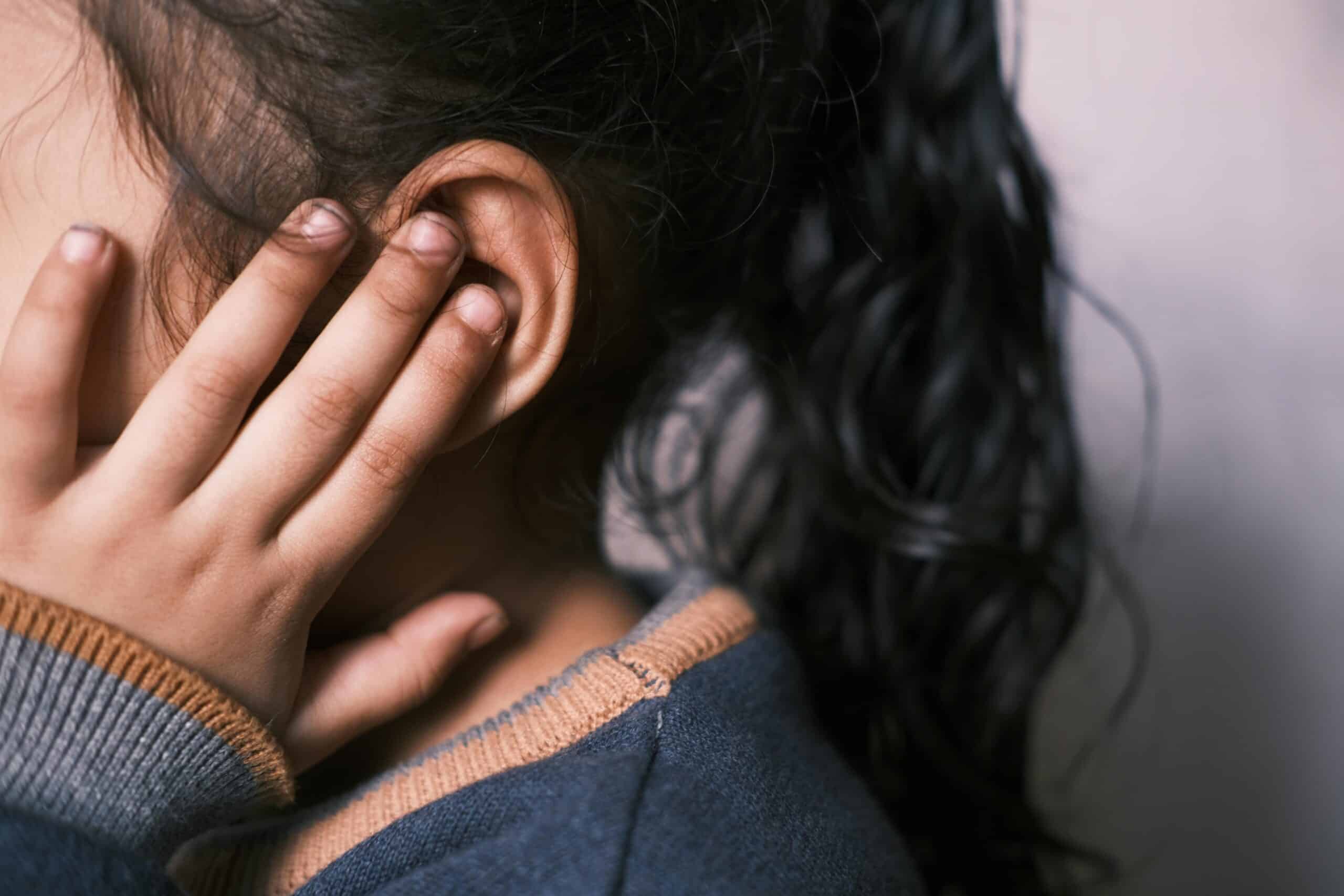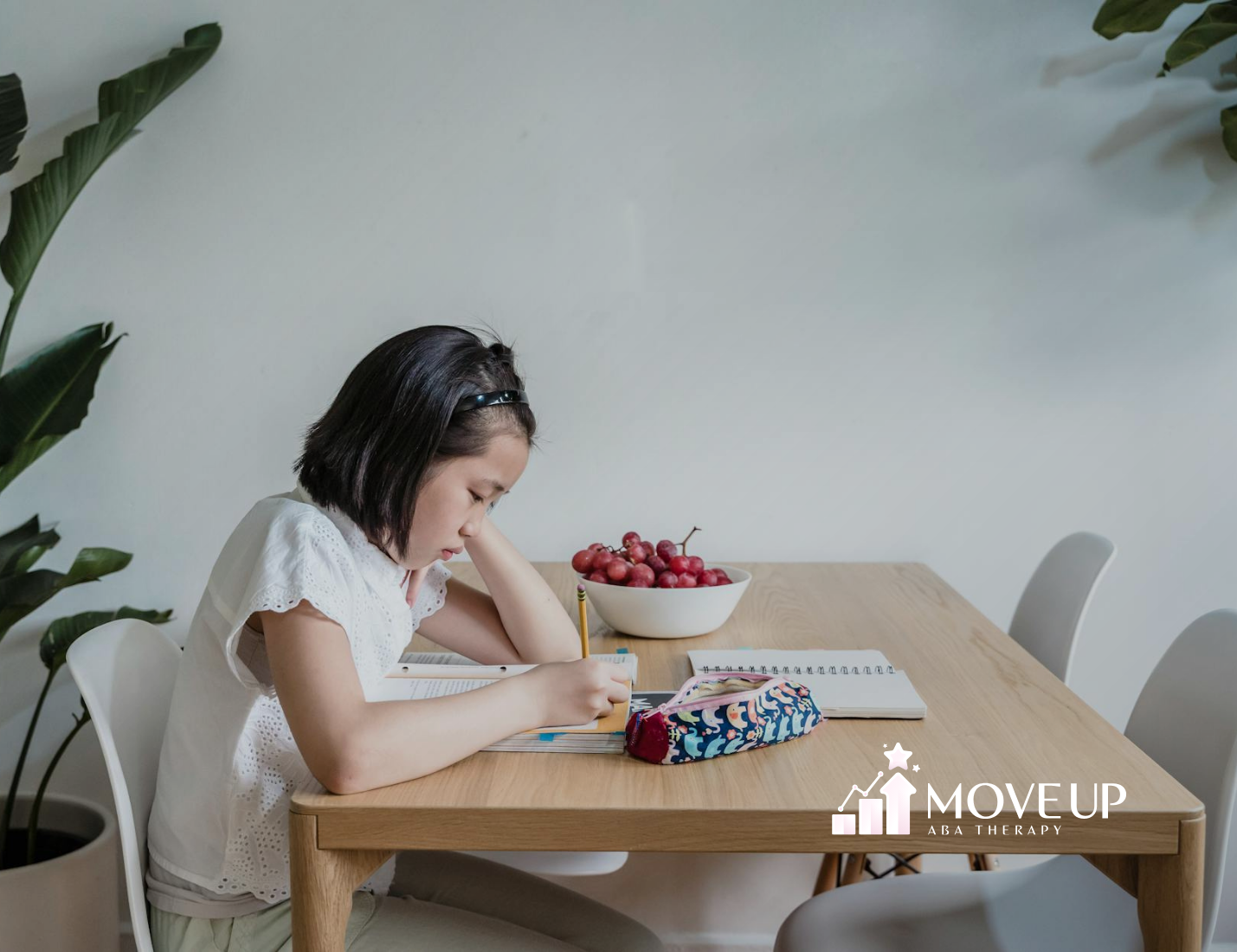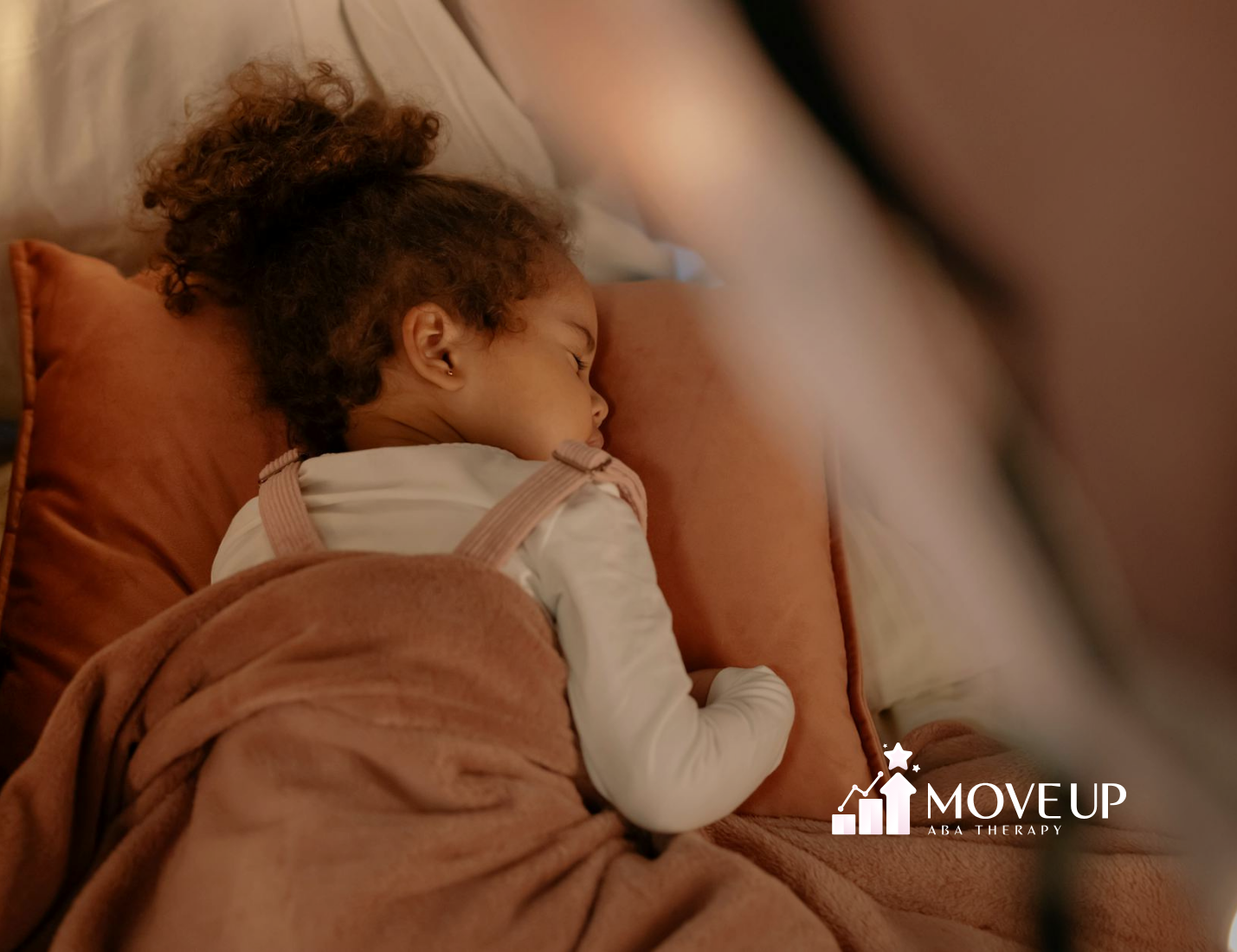Introducing a child with autism to eyewear can present challenges. It can also be a fulfilling journey. Children, with autism may have sensitivities and preferences which means helping them adjust to something like eyewear requires patience and care. This detailed guide will delve into the facets of introducing eyewear to a child with autism including meeting their requirements offering practical advice for a seamless transition and highlighting essential autism family support to ensure both the child and their family feel supported throughout the process.
Understanding Sensory Sensitivities:
Visual Sensitivities:
Kids, with autism might be more sensitive, to cues. When choosing glasses think about the color and design of the frames. Go for colors and uncomplicated styles to reduce overload.
Texture and Material:
When selecting eyewear, for children it’s important to consider the feel and quality of the material. Kids may have likes or dislikes when it comes to textures. Opt for frames crafted from materials that’re gentle and cozy on their skin.
Weight and Fit:
Children diagnosed with autism might find the weight and fit of glasses to be important. Opt for frames that’re lightweight and sit comfortably on the nose and ears. It’s crucial to make sure the glasses are neither too tight nor too loose as this can affect their comfort.
Success Stories
“Move Up ABA has been a lifeline for our family. Before starting therapy, our son struggled with daily routines and communication. Now, he’s more independent and even initiated a conversation with a classmate for the first time! The progress we’ve seen in just six months is truly remarkable.”
- Emily R., Silver Spring, Accountant
“As a single dad, I was overwhelmed trying to manage my child’s behavior. The Move Up ABA team not only provided amazing support for my little girl but also taught me practical strategies to use at home. Their in-home sessions fit perfectly with our busy schedule. I’m so grateful for their patience and expertise.”
- Michael T., Rockville, Middle School Teacher
“We were hesitant about starting ABA therapy, but Move Up ABA’s approach put us at ease from day one. Our twins have made incredible strides in their social skills and self-regulation. The therapists are like extended family now, and we couldn’t be happier with our decision to work with them.”
- Aisha and James L., Simpson, Police Officers
Preparing for the Introduction:
Gradual Exposure:
Introduce the child to the concept of wearing glasses. Let them try out frames without putting them on at first and then gradually move on to wearing them for short periods of time while ensuring that all practices align with BACB supervision requirements 2023.
Let them try out frames without putting them on at first, and then gradually move on to wearing them for short periods of time while ensuring that all practices align with RBT supervision requirements.
Modeling Behavior:
Kids frequently pick up things by watching those, around them. Show them how to wear glasses by letting them observe you or other family members with eyewear. This can make wearing glasses feel normal for the child and is beneficial, for families dealing with autism.
Positive Reinforcement:
Encourage wearing eyewear by giving praise and rewards to children when they exhibit behaviors like trying on the glasses or wearing them briefly.
Addressing Sensory Challenges:

Sensory Breaks:
Remember to acknowledge when the child needs a break, for their senses. If they start feeling give them a chance to take off the glasses for a while. Increase the break time little by little as they start feeling more at ease.
Sensory-Friendly Adjustments:
You could try enhancing the comfort of the eyewear by adding gentle silicone nose pads or opting for frames, with straps that offer a fit without causing any discomfort.
Consultation with Professionals:
If your child is still having difficulties with issues related to wearing eyewear it might be beneficial to consult professionals, like therapists or optometrists who have expertise in dealing with sensory challenges. They can offer customized solutions to help manage sensitivities.
Promoting Independence:
Visual Schedule:
Make a timetable to help the child understand when and how long they should wear their glasses. This visual tool can bring a sense of predictability and control easing any anxiety related to the routine.
Customization and Personalization:
Get the child involved in choosing their glasses. Let them select the frame color or design encouraging a feeling of ownership and personal touch.
Routine Integration:
Integrate wearing glasses into the childs schedule. Consistency is key, to helping them get used to this accessory. Put on glasses while getting ready in the morning or before activities.
Addressing Challenges:
Communication Strategies:
Make sure to have conversations with the child to discuss their thoughts and feelings about wearing glasses. It’s important to use words and visual aids to help them grasp the information.
Social Stories:
Develop stories or visual aids that show how glasses are introduced and worn. This can assist the child in understanding what to expect easing any uncertainties and providing support, for families dealing with autism.
Peer Support:
Support the child in interacting with peers who also wear glasses. Observing kids wearing glasses successfully can positively influence them. Encourage them to embrace this new experience.
Exploring Sensory Sensitivities:
Auditory Sensitivities:
When it comes to eyewear it’s important to consider how sounds can affect some children with autism. The gentle creaking of glasses or the noise when putting them on could be too much for them. Look for frames that minimize these sounds to make wearing glasses comfortable.
Light Sensitivities:
Children with autism often have a sensitivity to light. Opt for glasses, with tinted lenses or a coating that reduces glare. This can help make wearing eyewear a experience especially in different lighting conditions.
Tailoring the Introduction Process:
Role of Siblings and Peers:
Involving brothers or friends, in the process can be helpful. Brothers can serve as examples demonstrating the habit of wearing glasses and fostering a feeling of friendship.
Interactive Apps and Games:
Use technology to create a way to introduce eyewear. Interactive applications and games are crafted to assist kids in adjusting to the concept of wearing glasses. These tools can be both educational and fun enhancing the experience.
Practical Tips for Addressing Challenges:
Using Visual Supports:

Using tools, like picture schedules or charts can be really helpful. They give kids a roadmap for putting on glasses helping them understand the process better and feel more, in control.
Gradual Exposure Through Play:
Lets incorporate play into the process of introducing eyewear. Create scenarios where dolls or action figures sport glasses making it a enjoyable and seamless part of playtime. This approach can help ease the child into accepting the accessory, in a setting.
Conclusion:
When helping a child with autism start wearing eyewear it’s important to be patient, understanding and take an approach. Caregivers can make the transition smoother by considering the childs sensitivities gradually introducing them to the accessory and encouraging independence while providing support, for the family dealing with autism. It’s crucial to remember that each child is different so finding the right strategies may require some time.
For help in dealing with the challenges of introducing eyewear to a child with autism consider reaching out to Move Up ABA. Their team specializes in Applied Behavior Analysis (ABA) therapy. Offers tailored approaches to improve the lives of individuals with autism and their families. Explore Move Up ABA services for information on how they can support you in creating an more comfortable future, for every child.
FAQs
Why might introducing eyewear to a child with autism be challenging?
Introducing glasses to a child who has autism can pose difficulties because of their sensitivities and preferences. Successfully transitioning them to wearing involves recognizing and addressing these sensitivities.
How can I determine the right frame for a child with autism?
When choosing eyeglasses take into account things like how your eyes react to light the feel of the frames, on your face and whether they’re lightweight and well fitted. Stick to colors that’re easy on the eyes textures that feel nice, against your skin and materials that won’t weigh you down for an experience.
What are some practical tips for a smooth introduction to eyewear?
Begin by introducing the accessory demonstrate how to wear eyewear and provide encouragement. These approaches may foster a connection, with the item.
How do I address sensory challenges related to eyewear?
Include breaks that engage the senses adjust the environment to be sensory friendly and seek advice, from experts such as therapists or optometrists who have experience, with sensory challenges.
How can I encourage independence in wearing eyewear?
Develop a timetable let the child participate in selecting their glasses and incorporate the eyewear into their activities. These actions encourage a feeling of responsibility and familiarity.
What should I do if the child resists wearing eyewear?
Effective communication is essential. Keep it straightforward share experiences and don’t hesitate to reach out to friends or experts, for advice when dealing with opposition and worries.
Are there specific strategies for reducing anxiety associated with wearing eyewear?
Creating a timetable utilizing aids and integrating regular routines can alleviate anxiety by offering predictability and a feeling of empowerment.
How can I involve the child in choosing eyewear?
Let the kid choose the color or style of the frame encouraging a feeling of ownership and customization. This engagement could boost their enthusiasm to put on the glasses.
Are there specific routines that can help introduce eyewear?
Make sure the child wears their glasses every day especially when they are getting ready in the morning. By making it a regular part of their routine it can help them adjust easily.
What role do social stories play in introducing eyewear to a child with autism?
Using stories can be beneficial as they create stories that show how to introduce and wear eyewear. These stories help children anticipate and grasp the steps involved in the process.
How can positive reinforcement be effectively used during the introduction of eyewear?
. Acknowledge behaviors involving the glasses, like trying them on or wearing them briefly. Using reinforcement can establish a connection, with the new habit.
Can peer support be beneficial in this process?

Indeed having interactions, with classmates who wear glasses can have an impact. Witnessing kids confidently sporting eyewear can. Make the experience feel more ordinary for the child.
When should I seek professional help for introducing eyewear to a child with autism?
If the child continues to face issues or encounters challenges it might be helpful to seek advice, from experts, like occupational therapists or eye specialists focusing on sensory problems.
How can a visual schedule aid in the introduction of eyewear?
A visual timetable shows the child when and for how long they should wear their glasses helping them feel more, in control and able to predict whats coming.
What services do Move Up ABA offer to support children with autism and their families in this process?
Move Up ABA focuses on providing personalized Applied Behavior Analysis (ABA) therapy to improve the well being of individuals, with autism and their families. Explore Move Up ABA offerings to discover how they can offer assistance when introducing eyewear.
400 E Pratt St, Floor 8 Baltimore , Maryland 21202, United States
Questions?
Email Us: intake@moveupaba.com
Call Us: (410) 469-1090






